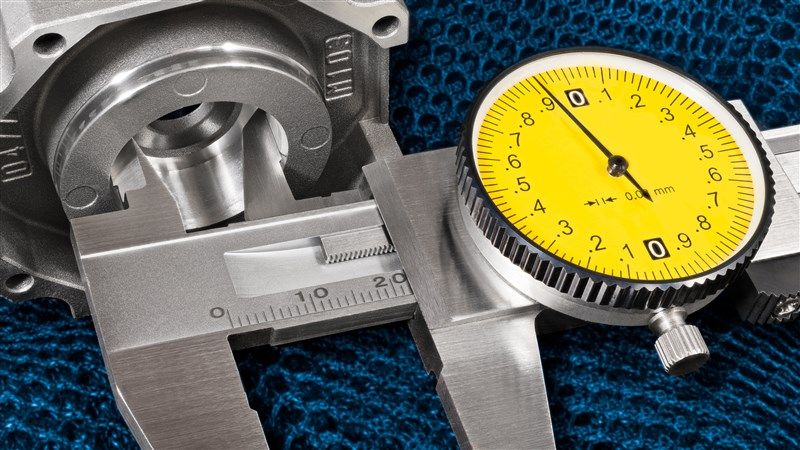In journal bearings, bearing width (length) / bearing diameter (B/D) ratio is an important parameter for determining the load carrying capacity of the bearing. Usually the bearing diameter is known at the outset of calculations for the bearing in design stage. Bearing width is selected according to this bearing diameter. The load carrying capacity of bearing increases, friction coefficient and oil flow rate (bearing leakage) decreases if the B/D rate is high. This is also good for boundary lubrication.
The lower the B/D rate is, the faster the pressure of the carrier oil film on bearing edges will be. The oil will flow down the ends of the bearing and leave the bearing without having any pressure within the film. The load carrying capacity decreases with low B/D rate. In return, better results will be achieved in cooling of the oil as the circulation of the oil will be faster. Therefore, B/D rate is designated low in bearings that operate with high annulus velocity.
If B/D rate is designated much higher than it should be, there can be metallic contact on the edges of bearing, which is called corner contact between shaft and bearing. Corner contact affects the oil film layer, and may cause wear on the edges of bearing and shaft.
In general machine construction, B/D rate usually varies between 0.125 and 1.5, but the recommended optimum value is between 0.8 and 1. (to be continued)
(References: Tevrüz, T., Makine Elemanları ve Konstrüksiyon Örnekleri, Vol. 2, Çağlayan Bookstore, Akkurt, M., Makine Elemanları Vol. 1, Birsen Printing House, Gemalmayan, N., https://websitem.gazi.edu.tr/site/nihatgem/files, Kurbanoğlu, C., Makina Elemanları, Teori, Konstrüksiyon ve Problemler, Nobel Printing House, Durak, E., Industrial Lubrication Techniques Lecture Notes)













